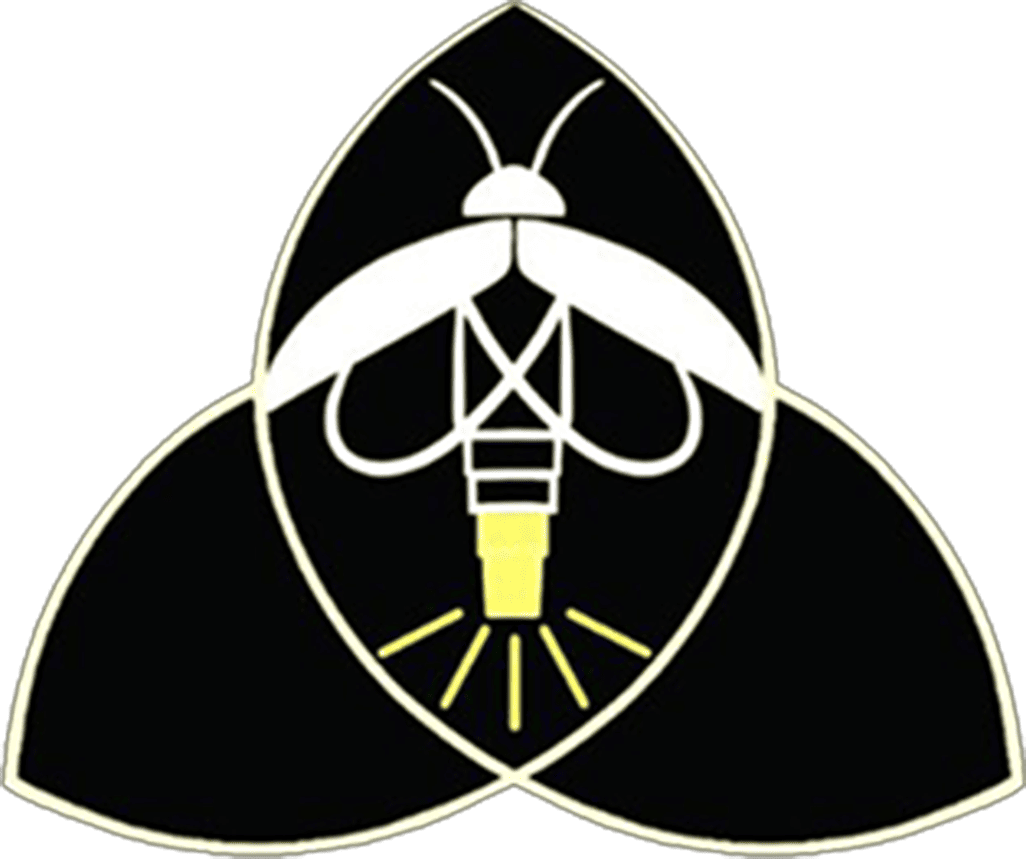Written by Samuel Thavma – Airlangga University / Vokasi Faculty/ 1521106830
Firefly’s Life Bali – Firefly tourism is a unique form of night time ecotourism that leverages the natural bioluminescence of insects from the Lampyridae family as its main attraction. This activity is not only creative but also educational and conservation-oriented, operating under the principle of minimal environmental impact. This article aims to examine the potential of firefly tourism within the framework of sustainable ecotourism and to highlight the conservation challenges posed by habitat degradation and light pollution. The study concludes that firefly tourism has great potential to become a tool for environmental education and community-based conservation.
Ecotourism is an alternative form of tourism that combines conservation, education, and local community involvement in its management (Honey, 2008). One unique and relatively underexplored form of ecotourism is firefly tourism. Firefly’s Life Bali takes advantage of this opportunity to introduce tourists to what a firefly conservation house-based tourism experience looks like. Located in Banjar Taro Kaja, Taro Village, Tegallalang, Gianyar, Bali, this destination offers a conservation-based tourism experience along with education about the natural habitat of fireflies. These insects are known for their distinctive bioluminescence and are used as indicators of ecosystem health (Lewis, 2016). With the growing interest in environmentally friendly nature tourism, firefly tourism offers deep visual and educational appeal but still faces significant ecological challenges.
Firefly Bioluminescence and Tourist Attraction
Fireflies produce light through a chemical reaction between luciferin, oxygen, and the enzyme luciferase in the light organ located in their abdomen (Viviani et al., 2002). This reaction is nearly heatless (efficiency >90%) and is thus referred to as “cold light.” This light is used for communication among individuals, particularly in mating processes. This phenomenon is a main attraction in nighttime tourism in areas with significant firefly populations, such as Selangor River (Malaysia), Iriomote (Japan), and several areas in Indonesia like Danau Sentarum National Park and Menoreh tourist village. Firefly’s Life Bali aims to become a destination on par with those in other countries and a must-visit spot for tourists in Bali.
Firefly Tourism within the Ecotourism Framework
Firefly-based ecotourism emphasizes conservation and education principles. Management of such tourism areas typically includes limiting visitor numbers, prohibiting artificial light use, and using non-motorized boats to maintain habitat tranquility (Furukawa et al., 2020). Firefly’s Life Bali also implements these practices by banning both staff and visitors from using artificial lighting such as lamps or flashlights at night. The Tegal Dukuhfirefly conservation house differs in concept from other conservation areas in Indonesia, which adds value to the destination. Firefly’s Life Bali also features a laboratory and programs for breeding, feeding, and rewilding fireflies. This concept reinforces tourism’s role as a means of educating the public on the importance of riparian ecosystems and biodiversity.
In many locations, local communities are trained as tour guides and area managers, creating a conservation-based economic empowerment model (Mustika et al., 2021). Communities around the tourist destination—such as local farmers—have been encouraged not to use chemicals like pesticides, fertilizers, or other substances. Fireflies thrive in healthy environments free of such chemicals. Moreover, avoiding these substances leads to more natural and healthier rice harvests in the area. This mutually beneficial approach supports both the conservation tourism sector and local residents, while also enhancing ecological awareness and income.
Conservation and Management Challenges
Firefly habitats are highly vulnerable to light pollution, land-use change, chemical use, and water pollution. Population declines have been reported globally due to urbanization and agricultural intensification (Owens et al., 2020). Therefore, the development of firefly tourism must adhere to carrying capacity principles and strict environmental impact assessments. Tourism activities should also be balanced with long-term conservation efforts and firefly population monitoring programs, including riparian vegetation restoration and control of artificial light (Firebaugh & Haynes, 2016). The Tegal Dukuh firefly conservation house has a biology and research team that regularly monitors firefly populations. Their work follows structured schedules and clear goals: to increase the firefly population annually in the Bali area.
Conclusion
Firefly’s Life Bali represents a unique form of ecotourism, offering aesthetic, educational, and conservation value in one package. Its successful implementation depends heavily on community-based management and the application of sustainability principles. With the right approach, this type of tourism can not only strengthen the local economy but also play a crucial role in species and ecosystem conservation.
References
Firebaugh, A., & Haynes, K. J. (2016). Experimental tests of light-pollution impacts on nocturnal insect courtship and dispersal. Oecologia, 182(4), 1203–1211. https://doi.org/10.1007/s00442-016-3723-1
Furukawa, T., Haraguchi, T. F., & Koike, F. (2020). Evaluation of Firefly Tourism as an Eco-friendly Leisure Activity. Tourism Management Perspectives, 33, 100616.
Honey, M. (2008). Ecotourism and Sustainable Development: Who Owns Paradise?(2nd ed.). Island Press.
Lewis, S. M. (2016). Silent Sparks: The Wondrous World of Fireflies. Princeton University Press.
Mustika, P. L. K., Bachtiar, A., & Fitriana, R. (2021). Ecotourism based on community empowerment: A case study in Indonesia. Journal of Ecotourism Studies, 11(2), 87–98.
Owens, A. C. S., Cochard, P., Durrant, J., Farnworth, B., Perkin, E. K., & Seymoure, B. (2020). Light pollution is a driver of insect declines. Biological Conservation, 241, 108259.
Viviani, V. R., Bechara, E. J. H., & Ohmiya, Y. (2002). Bioluminescence in focus: A historical overview and current developments. Photochemical & Photobiological Sciences, 1(2), 95–110.
